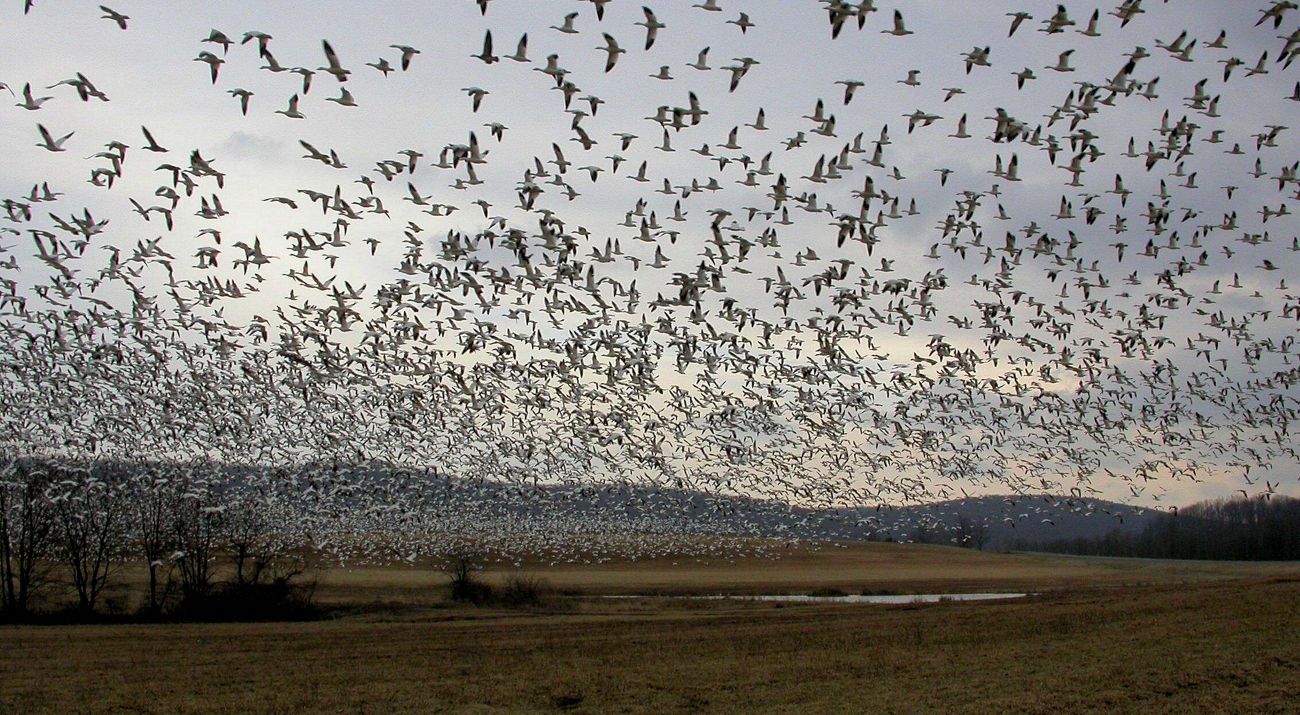The Allegheny Greenprint as a regional conservation agenda to identify, prioritize, and protect lands that harbor biodiversity, manage water resources, and define the region's scenic character.
Year Published: 2014
State: Pennsylvania
Landscape Context: Inland
Housing Density: Suburban
Funding Type: Private
Habitat Focus: Forest, Developed
Organizations Involved:
Allegheny Land Trust
Values:
Water Quality, Viewshed, Biodiversity
Stakeholder Involvement:
Stakeholders were consulted; the greenprint data and resulting maps were reviewed by a group of advisors.
Planning Process:
Guided by a group of advisors representing nonprofits, local governments, and consultants, the team pursued the following step-wise process to development their greenprint:
1) Collect information: The team located, collected, and reviewed information from 13 entities that provided 170 datasets, two reports, and one survey;
2) Filter and compile: Data was filtetred for relevance, consistency, and reliability. Useable data was compiled into 21 GIS datasets representing the greenprint values - biodiversity, water resources, and landscape character;
3) Analyse: The GIS datasets were then overlaid with modifiers to help rank or prioritize them. Where the values overlapped with modifiers represented the highliy functional lands; and
4) Synthesize: a final composite represents where all three values overlap.
These greenprint focus areas are considered the highest functioning natural systems in the county.
Desired Outcomes:
The greenprint aims to preserve land that harbors biodiversity, manage rainwater before it becomes stormwater, and preserve the region's visual character with the intent to develop what the Alleghency Land Trust calls the River to Ridge Continuum, a series of contiguous lands that provide the biodviersity and water benefits while protecting the county's scenery.
What It Accomplished:
The development of an implementation matrix detailing how different partners can contribute to the goals of the greenprint, at what scale, and with what type of funding.
